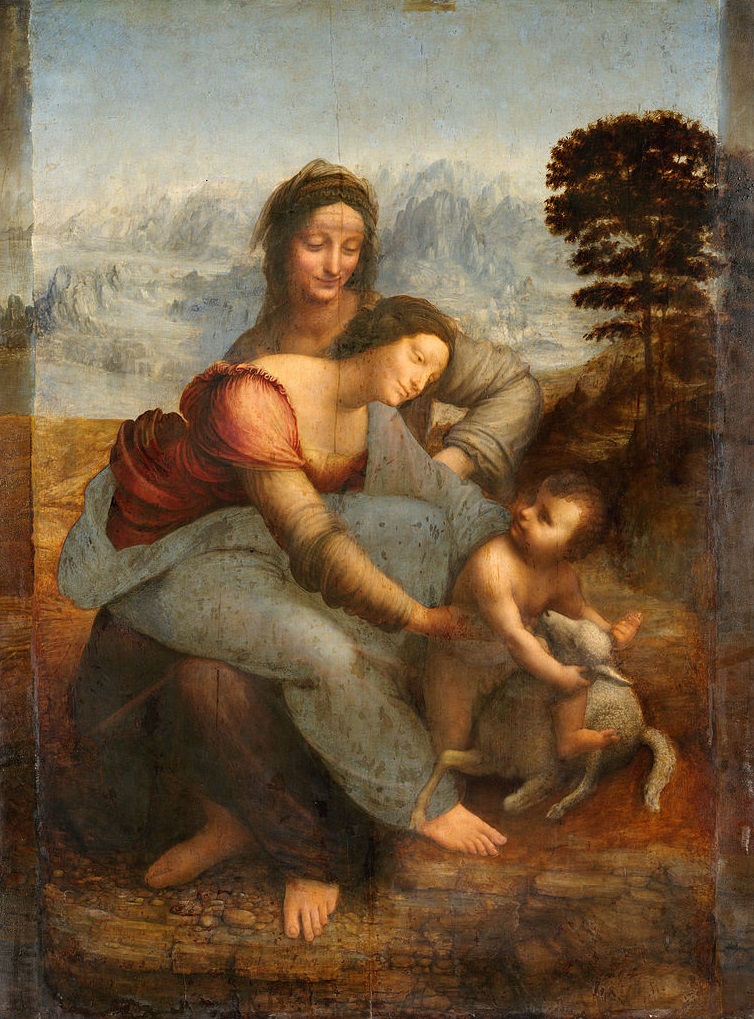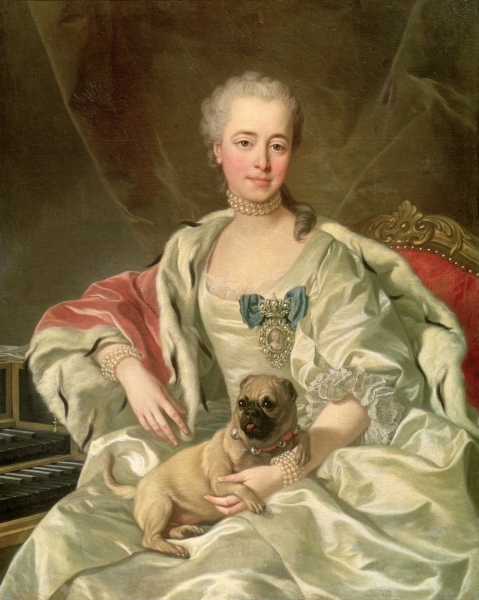Sometimes a simple looking painting with plain objects could have deep meanings as artist might have intended to deliver the meaning with secret or open symbolism. Such symbolism becomes the center of the talk in any painting (most famously The Last Supper, which, allegedly, holds many symbolic meanings included by Leonardo da Vinci). From the classical era of arts, things, people and objects have been used to represent more than just the physical resemblance of any particular object.
We have started a new series called “Symbolism in Art” to bring out the most unknown and forgotten use of symbolism of objects in arts. The first part is of mixed objects which is followed by symbolism in still life paintings. It will change the way you look and decipher any paintings after you know the symbolic use of the plain, simple everyday objects in paintings. Though, only thing to remember is that not every artist intends to insert symbolic meanings in his paintings if he has used the objects which inherits the symbolic means in art history. It would solely depend on the subject and artist’s intentions. In some special cases like Salvador Dali, artists could use objects for their own new meanings which could differ from their contemporary meanings.
Though, at the end, as critics, we are free to decipher every paintings in our own ways.
1. Sacrificial Lamb
A sacrificial Lamb is often depicted as the symbol of Jesus Christ’s passion.
The period from his entry to the city of Jerusalem, the Last supper itself, the praying in the garden and the Jesus’s crucifixion on the next day, these events are collectively called as the passion of Christ. All the incidents conclusively indicate towards Jesus’s own willingness to die for the betterment of the Jewish people. He already knew about his upcoming death and torture and even the culprit in among his twelve apostles, still he stayed for the fate to happen. This attributes resembles to a sacrificial lamb. That’s in many renaissance paintings; a sacrificial lamb is also included beside Jesus Christ.
2. An Ermine
An ermine is a short tailed European weasel which is brown in color. But, in the cold winter days, it grows a pure white fur. Ermine name is attributed for that special white look of winter. In other times, when its fur’s color is brown, it is more commonly known as a stoat.
An ermine, with white fur, has a legend wrapped around its neck. According to the folklore, an Ermine would rather choose to die instead of letting its fur tarnished. Due to such folklore, artist from the renaissance period have used it as the symbol of purity. The most famous example of an Ermine’s use in any painting is Leonardo da Vinci’s Lady with an Ermine.
3. Lute
In 17th century Dutch art and Dutch local dialect’s context, a lute in paintings is mostly included with love or sexual motifs. As seen in the Dutch painting The Matchmaker by Gerard van Honthorst. The painting is of women of brothel playing lute. Due to the word-play in Dutch slangs for a lute and for a woman’s genitals, the inclusion of a Lute in Dutch paintings more specifically represents a vagina.
4. Exposed Left Breast
In any classical painting, a feminine figure shown with only left breast exposed (and sometime, woman gesturing to hide it with her right arm) is the symbol of divinity. Classical era happened before renaissance, around 12th century.
It isn’t known how this connection occurred in classical arts, but the idea was carried on even in renaissance era where painters and scupltors used this symbolism to represent the element of divinity in mutlpile art pieces. Most famous art works with such symbolism includes La Fornarina by Raphael, La Velata by Raphael and Birth of Venus by Botticelli.

5. A Yarnwinder
A yarn is a cross-like object on which the worker makes threads for knitting. Such object’s inclusion is often seen in a Hodegetria painting. It represents the home life of Madonna herslelf and also the shape of a yarnwinder also resembles to the cross of the crucifixion. An example of such symbolism is Madonna of the Yarnwinder (The Buccleuch Madonna) by Leonardo da vinci.
6. Madonna Lily
The plant of Madonna Lily (or Lilium candidum as known in science) symbolizes Mother Mary’s virginity and purity. It’s mostly included in an annunciation painting in which the angel would hold the plant of Madonna Lily in her hand. Many a times, it also represents the city of Florence itself. Annunciation by Leonardo da Vinci has this symbolism included in the painting.

7. Yellow color
According to different settings, age, style and painter the meanings of colors could vary. During the Dutch Golden Age, yellow color often represented victory. Though, not every painting could bear this meaning but some paintings with significant use of some special color could be associated with some special meanings. For instance, the Dutch Golden Artist Rembrandt’s The Night Watch is depicted with heavy use of chiaroscuro in it. It also has some heavy use of yellow color. Art critics decipher the heavy use of yellow as the color of victory, which matches with the subject of the painting.
8. Setting sun
A setting sun represents the passage of time in symbolistic meanings. It connects with the meaning as the setting sun has completed its day’s cycle and is about to set. In that way, the subject in the painting also connects to the philosophy. Such symbolism could be used in a painting which comprises the remains of a building or architecture or a city, or even an old man. The Titan’s Goblet by Thomas Cole is a fine example of such symbolist depiction.

9. Egg
Egg’s symbolistic use in painting and arts is more logical and direct. From an egg forms a little bird. A birth is a start of a new life. Thus, an Egg is the symbol of hope and resurrection. Such use of Eggs in painting is old, almost from renaissance era. Though, renaissance era also holds some different meanings and usage of eggs in painting too. But, that depends on the context and subject of the painting. In general, also by today’s artists, egg represents the, aforementioned hope and resurrection. Famous artist, Salvador Dali’s use of Eggs in his paintings represented the same philosophy.

10. Dog
Dogs symbolizes the fidelity and watchfulness in paintings. Just like in real life, in paintings they are also represented as the friends of people. Often times, a dog is showed near a married woman resembling both of those characteristics with a married woman’s commitment for her marriage.






